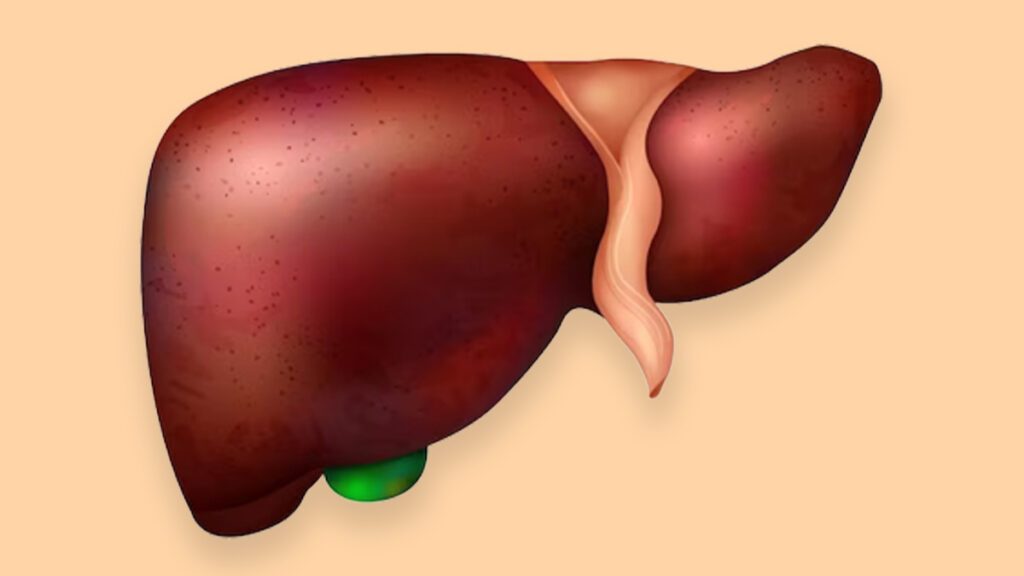What Skin Type Do I Have: How to know your skin Type; skin type test at home.
What Skin Type Do I Have: How to know your skin Type; skin type test at home.
Table of Contents
WHAT YOU NEED TO KNOW
There are five main varieties of skin, according to the American Academy of Dermatology (AAD): oily, dry, normal, combination, and sensitive.1 Your complexion can change depending on the specific needs and characteristics of your skin type. You can start making wise choices and provide your skin with the specialized care and protection it requires now and in the future by first recognizing what type of skin you have. Keep reading if you’re unsure of your skin type. The fundamentals of determining your skin type are covered below, along with advice on the best skincare products and regimens for each type.
FINDING YOUR SKIN TYPE
The quantity of sebum (oil) that your skin secretes determines the type of skin you have. The degree of oiliness in skin can fluctuate over time and may also be affected by elements like stress, genes, hormones, humidity, and aging naturally.
Your skin type can typically be identified by straightforward observation once you know what to look for (using the common traits listed below).
The “watch and wait” method and the blotting sheet method are two tests you may carry out at home to determine what type of skin you have in about 30 minutes.
What is My Skin Type? Common Features of Every Type.
Your skin, the largest organ in your body, serves a number of vital and intricate purposes, such as controlling your body’s temperature and warding off pathogens. This is especially true of the skin barrier, which is the topmost layer of your skin. This protective barrier, which is primarily made of lipids (like ceramides), serves as the main barrier between your skin and the outside world, keeping hazardous chemicals out and water in.
All skin types require a healthy skin barrier, but it’s vital to keep in mind that every person’s skin is different in many ways. This implies that there isn’t a “one size fits all” method for getting glowing, healthy-looking skin.
Nevertheless, there are a few common traits to look for that can assist you in determining your skin type.
The primary factors to consider when determining whether your skin is primarily oily, dry, normal, mixed, or sensitive are listed below.
Oily Skin
Sebum produced in excess by oily skin makes the skin feel greasy and seem glossy, especially in the T-zone. (forehead, nose, and chin). According to the American Academy of Dermatology (AAD),2 people with oily skin may have fewer wrinkles on average, but they may also be more prone to enlarged pores, acne lesions, blackheads, and whiteheads.
Remember that simply when oily skin produces more natural oils, it still needs to be moisturized just as much as other skin types. The key to supporting oily skin is picking the correct products that moisturize and nourish without blocking pores or causing outbreaks. A gentle, foamy cleanser that is efficient in removing debris, extra oil, and other pollutants should be a part of the ideal oily skin routine. It should also contain a lightweight moisturizer that is non-comedogenic, oil-free, and gives your oily skin the vital hydration it requires.
Dry Skin
Natural oil production in dry skin is typically lower than on other skin types. This could make it look dull and make it feel rough, flaky, or even scaly. It frequently has a tight or elastic feel, is obviously dehydrated, and could be more prone to more obvious fine wrinkles. Additionally, it might itch or bother you.
Ceramides, for example, are gentle, soothing, and moisturizing skincare components that support the maintenance of the skin’s natural moisture barrier. The Mayo Clinic advises avoiding too long, hot showers, moisturizing several times a day, and choosing skincare products that are alcohol-free, fragrance-free, and non-comedogenic for dry skin types.
Normal Skin
Skin that is balanced feels neither either dry nor overly greasy. It doesn’t flake, break out easily, or feel tight or greasy. Normal-skinned people often have small pores, smooth skin, and are less sensitive or prone to blemishes. Normal skin doesn’t have any particular problems or worries, but it still needs the right treatment to look and feel its best. By retaining moisture and strengthening your skin’s natural barrier, the optimum normal skin routine keeps your skin hydrated.
combination skin type
Combination skin has dry and oily patches, with the T-zone typically being oily and the cheeks either normal or dry. Due to a variety of variables, including stress and hormone fluctuations, this skin type can change throughout the year and over different seasons. Care for skin that is dry in some areas and oily or normal in others requires effective cleansing and hydration. Check out our CeraVe skincare routine for combination skin to find out more about creating a daily routine for this skin type.
Sensitive skin
Although sensitive skin is frequently referred to as a skin type, it can also be oily, dry, or normal sensitive skin. Whatever skin type you have, if you have sensitive skin, it may seem red and feel dry, itchy, or burning. These symptoms may be brought on by certain substances, such as dyes or fragrances, as well as environmental variables and may be connected to having skin that is more sensitive to external irritants.
If you have sensitive skin, you might be able to identify the components that make you more sensitive and avoid using cleansers, moisturizers, or other products that include them. To lessen your exposure to triggers, you can also change your surroundings.
How Can I Identify My Skin Type at Home?
There are several tests you can carry out at home to help you identify your skin type if descriptions of the various skin types didn’t assist you in making a decision. You can utilize the following two techniques:
The “ Watch and Wait” method
You can do this at-home test to determine your skin type by examining how your skin responds to washing.
- Start by washing your face with a mild cleanser and patting it dry with care.
- 30 minutes must pass.
- You probably have oily skin if it seems glossy all over.
- You probably have dry skin if it is flaky or scaly, feels tight, or both.
- If your T-zone is the sole area that shines, you most likely have mixed skin.
- You probably have normal skin if it feels moisturized, pleasant, and non-oily.
The Blotting Sheet method
- Blotting sheets absorb oil when applied to the skin, and you can use them to determine what type of skin you have.
- Wait 30 minutes after washing your skin with a mild cleanser and patting it dry.
- Hold the blotting sheets up to the light to view the oil stains after pressing the sheets to various parts of your face.
- You have oily skin if the sheets absorbed a lot of oil from every part of your face.
- You most likely have dry skin if they barely absorb any oil.
- You have combination skin if only a modest amount of T-zone oil is visible on the sheets.
Although those with normal skin may be less likely to suffer either, it’s vital to keep in mind that any skin type can also be sensitive or prone to acne outbreaks. But you can take care of your skin while treating issues like irritation and acne scars with the correct products. When in doubt, seek out a board-certified dermatologist for advice on the optimal skincare regimen for your skin type as well as a personalized skin examination.
what skin type do i have quiz
ALSO FIND OUT; Fastest way to get rid of Pimples/Acnes at Home


 English
English 




















































































































































































